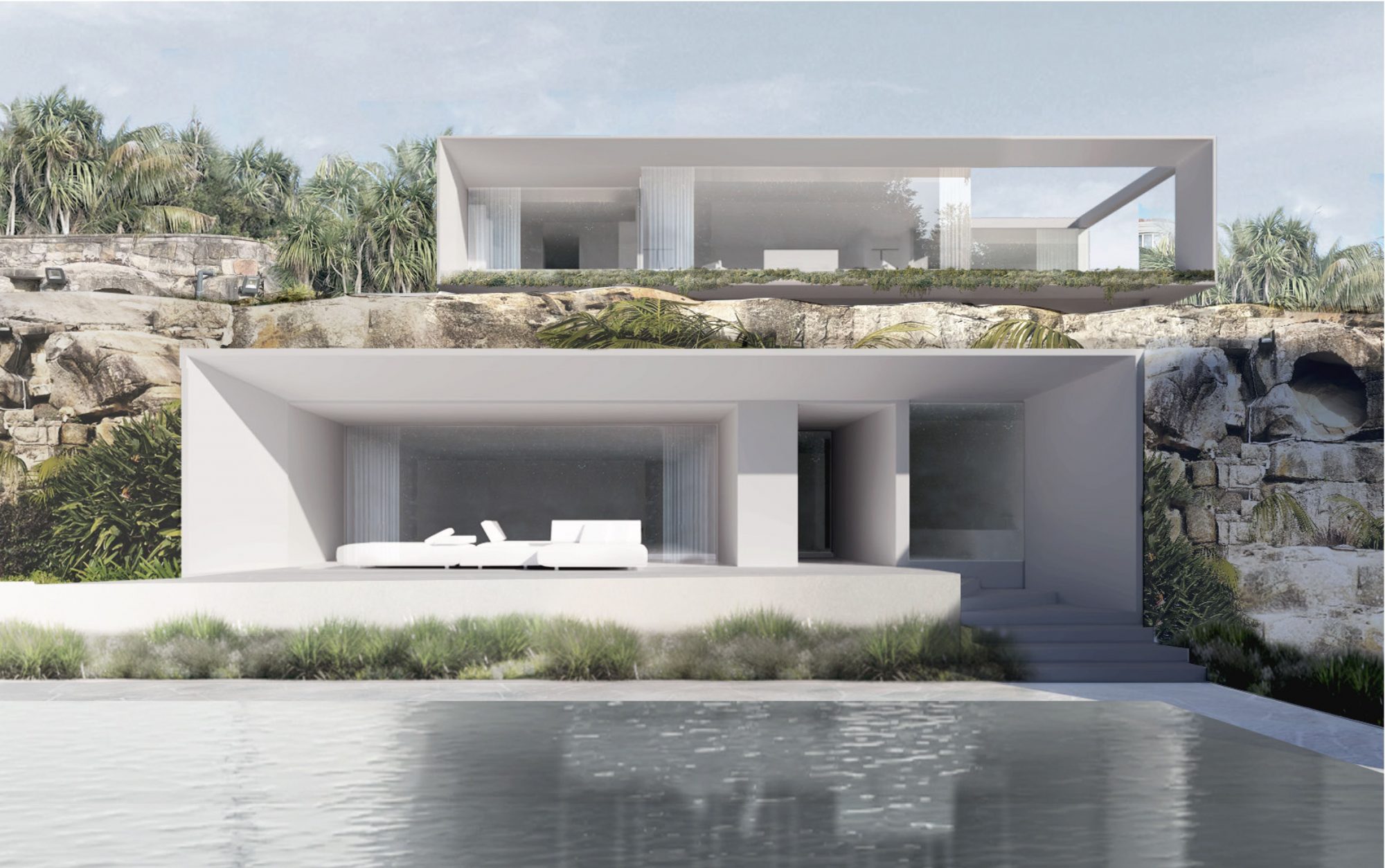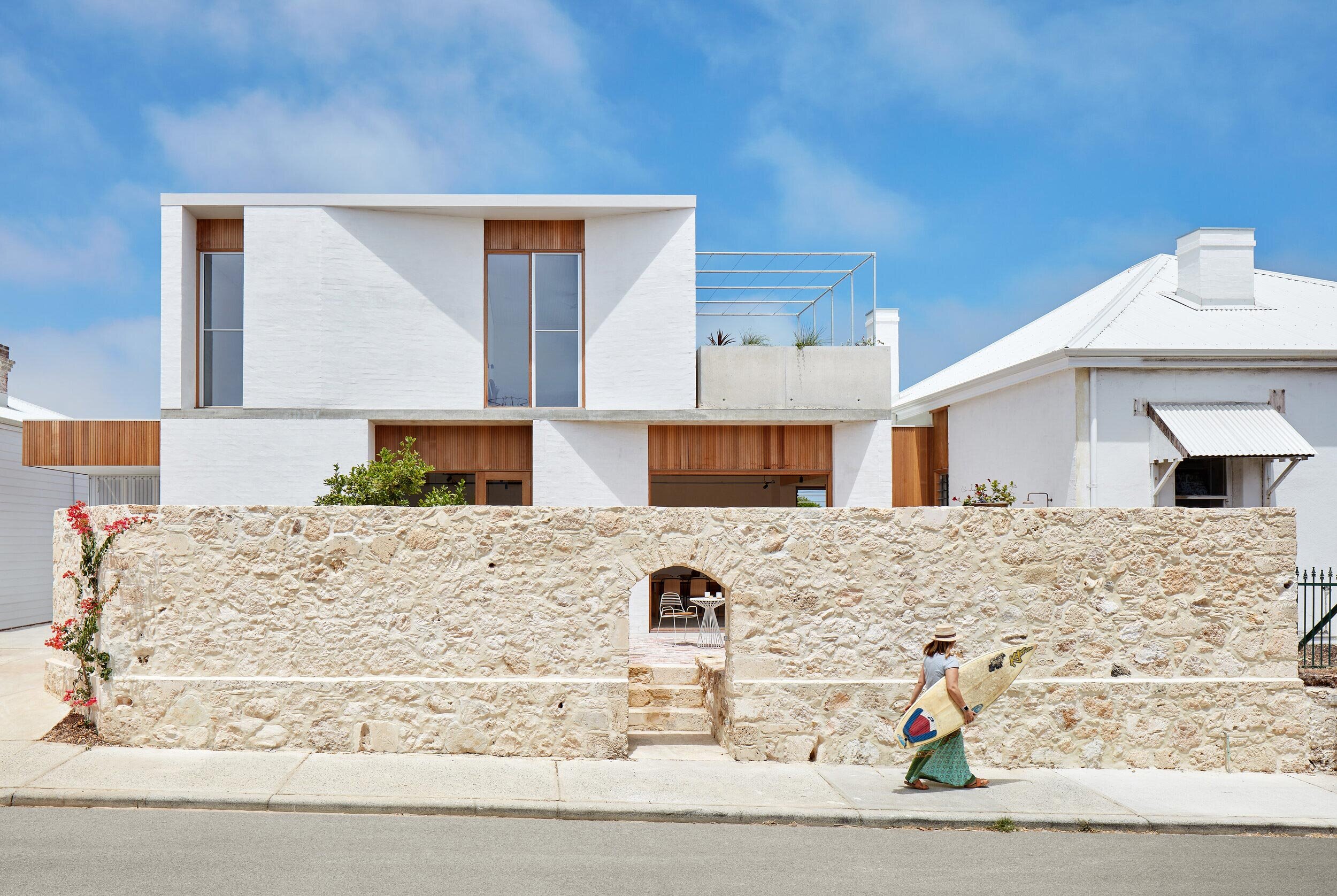Residential Architectural Firm: Tailored Designs to Reflect Your Unique Vision
Residential Architectural Firm: Tailored Designs to Reflect Your Unique Vision
Blog Article
Just How Residential Architects Produce Personalized Residences for each Lifestyle
The process by which residential engineers design tailored homes is a nuanced interplay of understanding client needs and equating those insights into practical living rooms. With thorough appointments and the use of design tools, engineers record the essence of their clients' way of livings, ensuring that each home mirrors personal worths and aspirations.
Understanding Client Demands

Reliable interaction is paramount in this process. Architects should urge clients to articulate their way of livings, family members dynamics, and future ambitions, guaranteeing that the layout reflects their unique identification. By using tools such as questionnaires, interviews, and aesthetic studies, engineers can gather important insights into the customer's vision.
Additionally, recognizing the context in which a home will certainly exist is necessary. Designers should consider elements such as the website features, local environment, and social influences that can influence the style. This all natural strategy allows for the creation of spaces that are not just visually pleasing yet lasting and likewise practical.
Eventually, a deep understanding of client needs allows architects to create customized homes that boost the quality of life for their residents, promoting a feeling of belonging and convenience within their living settings.
Design Refine and Collaboration
The design procedure in household design is a dynamic interplay of creative thinking and partnership, where engineers, customers, and various stakeholders work closely to bring a vision to life. This iterative journey generally begins with a series of conferences to establish an extensive understanding of the customer's aspirations, choices, and way of life needs. Throughout these discussions, engineers collect necessary details, allowing them to conceive designs that straighten with the customer's vision.
Adhering to the first consultations, the layout stage develops via illustrations, 3D models, and building renderings. This aesthetic communication acts as a tool for architects to present concepts, while also welcoming customer responses, making sure that the last style resonates with their assumptions. Effective partnership with designers, service providers, and interior developers is critical during this phase, as it makes certain that all useful facets of the job are seamlessly integrated.

Incorporating Way Of Life Aspects
Including lifestyle aspects into residential design is necessary for creating spaces that truly resonate with the occupants. residential architecture homes. This process begins with understanding the one-of-a-kind demands, choices, and everyday regimens of the property owners. Designers participate in comprehensive discussions to reveal how the private or household utilizes their Recommended Site room, whether for entertaining visitors, pursuing hobbies, or seeking silent hideaway
As soon as these insights are collected, engineers can tailor style functions that improve everyday experiences. For example, open flooring strategies may be created for households that prioritize togetherness, while devoted work areas can be incorporated for those who work from home. Outdoor areas, such as yards or outdoor patios, can be stressed for families that appreciate outdoor tasks or entertaining.
Additionally, versatility is a key consideration; multi-functional spaces permit adaptability as lifestyles develop gradually. Personalized storage space solutions can also be included to fulfill certain organization demands, making sure that the home remains clutter-free and practical. Ultimately, by thoughtfully weaving way of life elements into the architectural material, domestic architects produce customized homes that not only satisfy visual desires however likewise dramatically improve the quality of life for their clients.
Lasting and Smart Design
Lasting and clever layout progressively plays a critical duty in residential style, as home owners look for to decrease their ecological effect while boosting their living experiences. Engineers are now integrating green products, energy-efficient systems, and ingenious modern technologies to create homes that not only meet visual desires however additionally serve the planet.
Incorporating renewable resource sources, such click to investigate as photovoltaic panels and wind generators, allows homeowners to harness all-natural sources, considerably lowering reliance on conventional power grids. Smart home technologies even more improve sustainability by maximizing energy usage with automated systems that control home heating, air conditioning, and illumination based upon tenancy and choices.
Furthermore, using lasting building products-- like redeemed wood, bamboo, and reused steel-- promotes a circular economic situation, lowering waste and resource intake. Designers likewise stress easy design concepts, ensuring homes are oriented for optimum natural light and ventilation, thus decreasing the requirement for man-made cooling and heating.
In enhancement to eco-friendly advantages, lasting and smart layout adds to the total convenience and health of locals. By prioritizing indoor air high quality and natural environments, architects produce rooms that promote well-being, enabling property owners to thrive attuned to their environment.
Completing and Executing Plans
Finalizing and applying plans is an essential stage in the household architecture procedure, where the vision of a personalized home starts to materialize. This stage involves careful interest to detail, ensuring that every element of the design is specifically verbalized and all set for building and construction. residential architecture homes. Designers team link up very closely with clients to review last plans, attending to any final changes or issues, while guaranteeing that all elements line up with the house owner's way of living needs
As soon as plans are settled, architects prepare detailed construction documents, including detailed drawings and specifications that work as a blueprint for home builders. These files describe products, surfaces, and setup techniques, giving quality for specialists and subcontractors. Furthermore, securing required permits and sticking to local building regulations is essential, as it makes sure compliance and smooth job execution.
Efficient communication is essential throughout this stage. Regular updates and discussions with contractors assist to mitigate possible problems before they emerge. By fostering a collaborative setting, designers can assure that the application straightens with the original vision. Inevitably, this important phase changes principles into reality, laying the structure for a home that mirrors the distinct lifestyle and choices of its occupants.
Final Thought
In verdict, residential designers play a pivotal role in crafting customized homes that provide to varied way of lives. Through thorough understanding of client needs, joint style procedures, and the assimilation of way of life aspects, designers make certain that each home reflects individual preferences.
The process by which domestic designers design personalized homes is a nuanced interplay of recognizing client requirements and equating those understandings into useful living rooms. With detailed consultations and the usage of design devices, engineers record the significance of their customers' way of lives, ensuring that each home mirrors individual worths and ambitions. Engineers need to urge customers to express their way of livings, family members characteristics, and future desires, making certain that the style shows their unique identity.The layout process in property architecture is a dynamic interplay of imagination and partnership, where architects, clients, and numerous stakeholders function very closely to bring a vision to life - residential architecture homes. Via thorough understanding of customer demands, collective design procedures, and the integration of way of life elements, architects make certain that each home shows individual preferences
Report this page